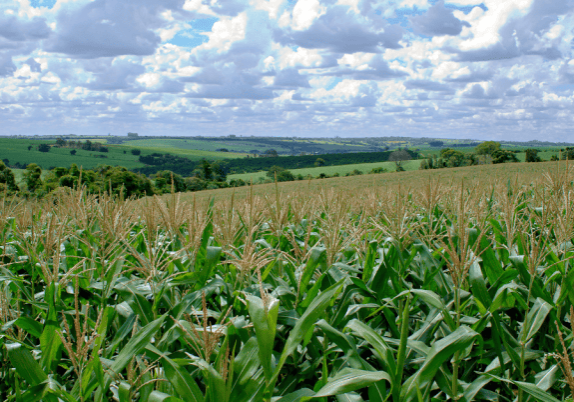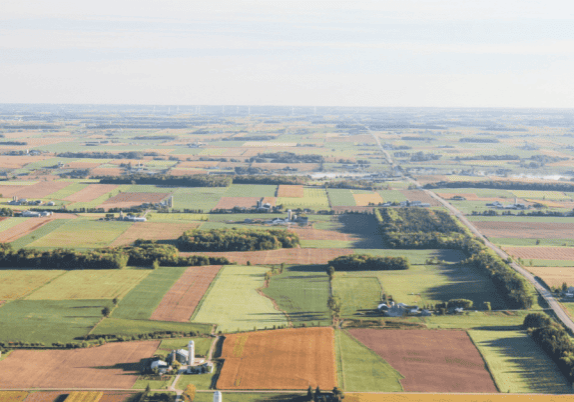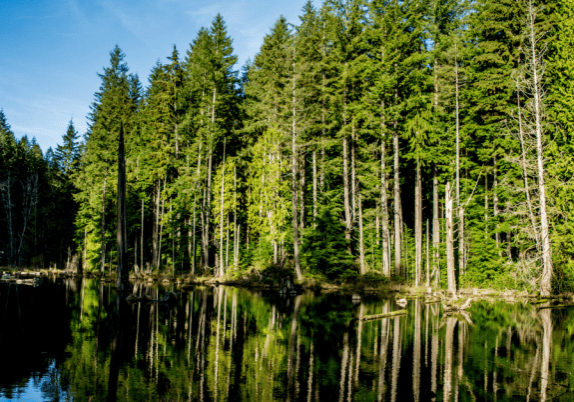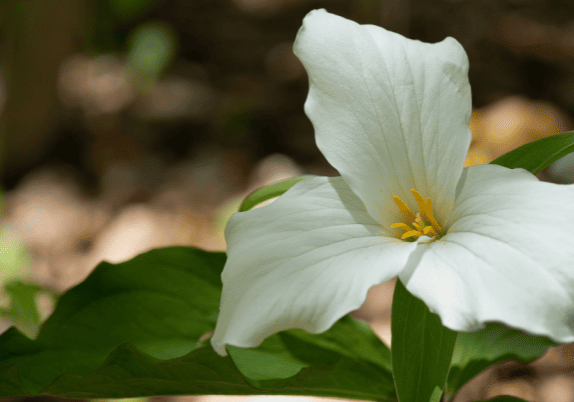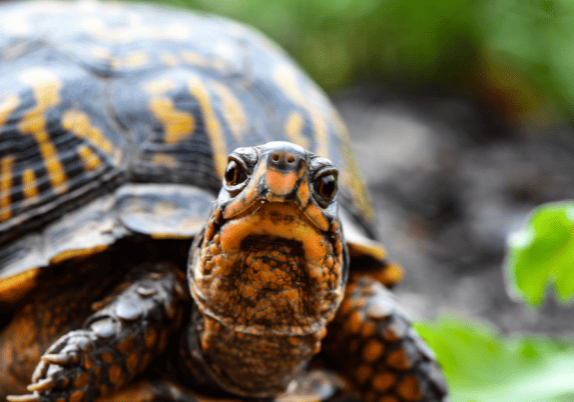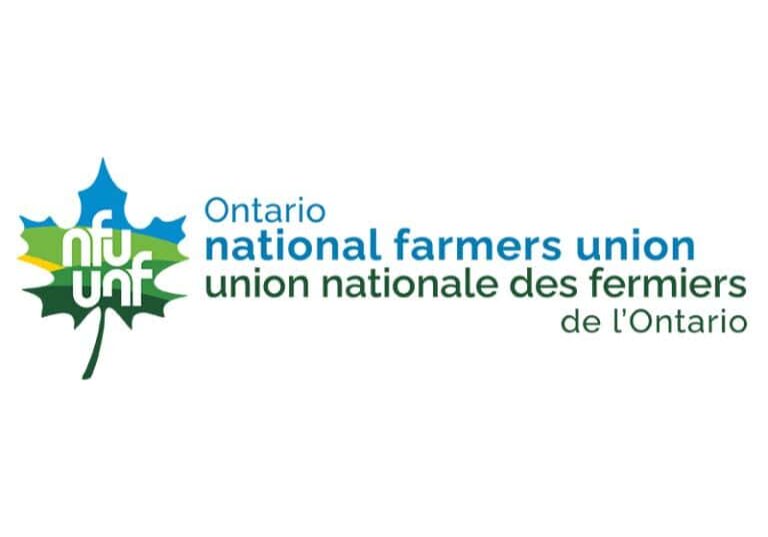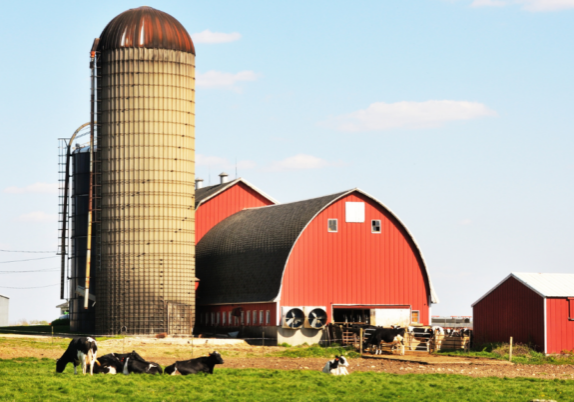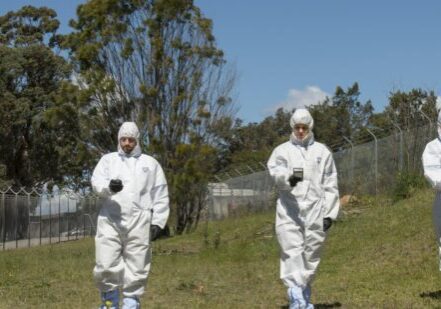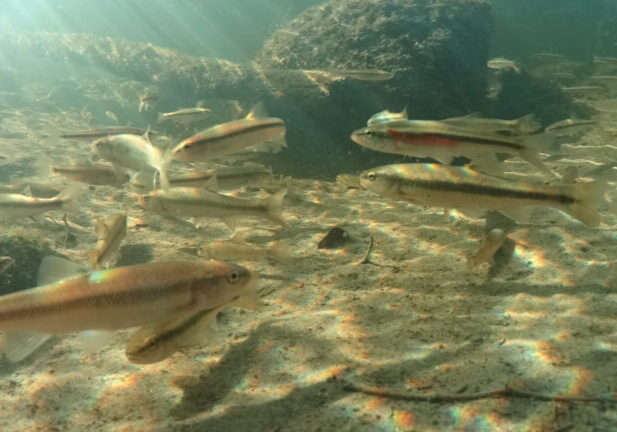Joint Statement: 2025 Ontario Budget Recommendations
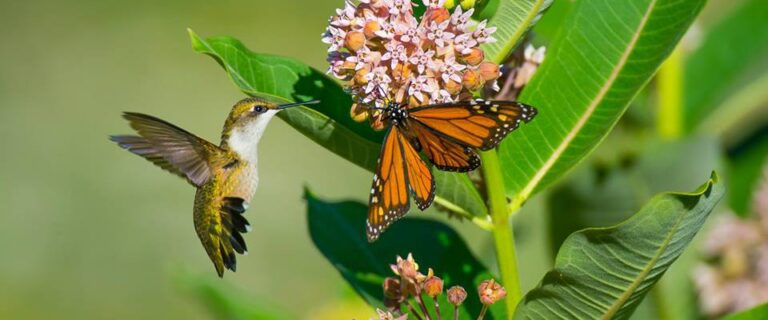
On behalf of the 41 undersigned organizations, we respectfully request that the Government of Ontario significantly increase investments to protect and restore nature as part of the 2025 budget. We note that budget consultations were closed early when the provincial election was called but given the intent to table the budget on May 15, we urge the government to ensure nature investment is a feature of the 2025 provincial budget.
Addressing the interrelated crises of biodiversity loss and climate change is a fundamental imperative for all of society. A healthy environment is key to the long-term sustainability
and well-being of Ontario. Increasing investments in nature-based climate solutions, while protecting and restoring nature for the benefit of biodiversity, is urgently needed in Ontario. Nature topped the list of sources of national identity in recent polling. A strong andresilient Ontario is one that recognizes and invests in its natural legacy.
Nature-based climate solutions can provide a myriad of environmental, social and economic benefits and can support Ontario in upholding the inherent and Treaty rights of
Indigenous Peoples. Continuing to undervalue the benefits derived from natural areas undermines the cost savings of maintaining natural assets and the economic opportunities for communities, businesses and governments provided by ecosystem services. For example, restoration projects are estimated to have an investment return of 30:1, while also reducing emissions and conserving nature. Globally, it is estimated that between $722 billion and $967 billion per year is needed to sustainably manage biodiversity and maintain ecosystem integrity, with a current funding gap of between $598-824 billion.
Various polls have demonstrated that Ontarians overwhelmingly support creating more protected areas (86%) and that the province should invest in the protection, restoration
and sustainable use of biodiversity for climate, human health and economic benefits
(88%).
With global recognition of the alarming and continuing loss of biodiversity and the threat that this poses to nature and human well-being, the Kunming-Montreal Global Biodiversity
Framework was agreed to at the 15th meeting of the Conference of Parties to the UN Convention on Biodiversity Diversity in 2022. This global framework, which Canada is a signatory to, sets out 23 action-oriented targets to halt and reverse biodiversity loss with the meaningful involvement of Indigenous and local communities. Ontario’s Biodiversity
Strategy contains many of these targets, yet the Government of Ontario has not committed to effectively implementing this strategy.
The Canada and Ontario commitment to collaboration on shared nature conservation goals from March, 2024 included an insignificant investment of $10 million over three years to support the expansion of protected areas in the province, all funded by the federal government. This inadequate investment puts Ontario well behind other large provinces as outlined below and in a recent submission to, at the time, Acting Minister McCarthy and Minister Smith urging federal-provincial-territorial cooperation for nature.
In 2023, the governments of Canada, British Columbia and the First Nations Leadership Council signed a Tripartite Framework Agreement on Nature Conservation. This agreement
represents a combined commitment of over $1 billion till 2030, with the Government of British Columbia matching federal investments of $500 million. The agreement focuses on four key areas: protecting and conserving habitats, including through Indigenous-led conservation, restoring and enhancing ecosystems and habitats, helping species at risk recover, and using nature-based solutions to mitigate and adapt to climate change, while supporting biodiversity.
Quebec’s 2030 Nature Plan sets out three goals that represent Quebec’s contribution to implementing the Global Biodiversity Framework targets:
1. protect and restore biodiversity;
2. encourage sustainable practices that foster biodiversity and enhance access to
nature; and,
3. encourage all stakeholders to engage in biodiversity conservation efforts.
To achieve this, Quebec has budgeted $922 million over four years, with $467 million directed to goal one, $326 million directed to goal two; and $96 million directed to goal three.
Recommendations for Budget 2025
We ask that the Government of Ontario commit to funding the actions in the Ontario Biodiversity Strategy, in alignment with national efforts. Specifically, we request that the
Government of Ontario commit to, at a minimum, matching Quebec’s annual investment of $230 million per year for the next four years. Please see Appendix A for a breakdown of how this investment should be allocated to address various biodiversity targets. This investment should include appropriately funding and enhancing enforcement capabilities of Ontario’s Conservation Authorities, the Ministry of Natural Resources and the Ministry of Environment, Conservation and Parks to support the implementation and monitoring of Ontario’s Biodiversity Strategy.
We are confident that with this investment Ontario can close the gap with other large provinces on nature conservation and restoration. Ontario’s protected areas network has
historically expanded the most under Progressive Conservative governments and we urge the current government to build on that legacy and commit to a larger conservation framework. Ultimately, these investments will benefit the economy and people of Ontario and ensure the province’s long-term sustainability and resiliency in the face of global instability and economic uncertainty.
Yours sincerely,
Andrés Jiménez Monge
Executive Director
Ontario Nature
Zoe Green
Co-founder
Action 13
Jessica Lax
Executive Director
Algonquin to Adirondacks Collaborative
Amy Schnurr
Executive Director
BurlingtonGreen Environmental Association
James Bruce Craig
Chair
Concerned Citizens of King Township
Dr. Paul Berger
Lead Organizer
CUSP – Citizens United for a Sustainable Planet
Jarvis Strong
Executive Director
Escarpment Corridor Alliance
Michael Mesure
Executive Director
FLAP Canada
Janet Stavinga
President and Co-Founder
Friends of Stittsville Wetlands
Lorraine Green
Co-chair
Grandmothers Act to Save the Planet (GASP)
Richard Witham
Chair
Greater Sudbury Watershed Alliance
Rob Spackman
Director, Finance
Grey Bruce Native Seed Bank
Karen Yukich
Co-Chair, Natural
Environment Committee High Park Nature
Richard Heron
President
Huntsville Nature Club
Christine Roberts
President
Huron Bruce Nature
Sheila Fleming
Co-President
Ingersoll District Nature Club
Miranda Virtanen
Executive Director
Junction Creek Stewardship Committee
Eric Davis
President
Kawartha Field Naturalists
Alexis Whalen
Chair
Land Over Landings
Jamie Kneen
National Program Co-Lead MiningWatch Canada
Max Hansgen
President
National Farmers Union – Ontario
Judy Brisson
President
Nature Guelph
Douglas Lynch
President
Nature League Collingwood
Joyce Sankey
Conservation Director
Niagara Falls Nature Club
Linda Lackey
Communications Working
Group
Nith Valley EcoBoosters
Liz Benneian
Executive Director
Ontariogreen Conservation Association
Denis Paccagnella
President
Orillia Naturalists’ Club
Glenda Clayton
President
Parry Sound Nature
Geraldine Jenkison
President
Prince Edward County Field Naturalists
Ron Prickett
President
Sault Ste. Marie Naturalists of Ontario and Michigan
Nancy Hurst
co-founder
Save our Streams Hamilton
Lyba Spring
Co-chair
Seniors for Climate Action Now!
Mark Cranford
President
South Peel Naturalists’ Club
Helen Brenner
Co-Lead
Stop Sprawl Durham
Mike Fisher
President
The Friends of Ojibway Prairie
Lynn Miller
President
Toronto Field Naturalists
Amelia Rose Khan
Volunteer
Toronto350
Dani Lindamood
Campaigns &
Communications Director Water Watchers
Katie Krelove
Ontario Campaigner
Wilderness Committee
Gloria Marsh
Executive Director
York Region Environmental Alliance
Sylvia Bowman
Conservation Director
York Simcoe Nature Club
